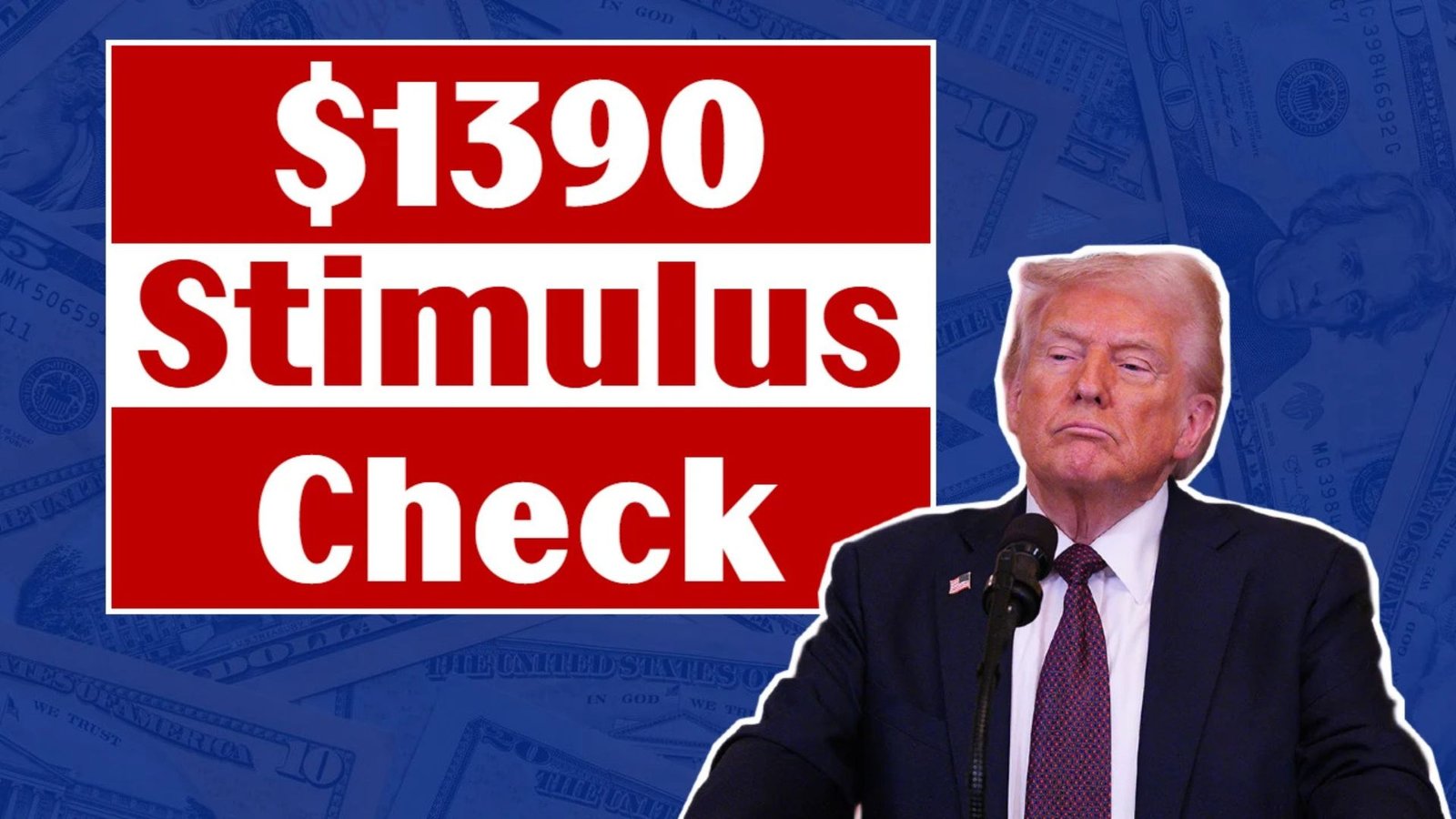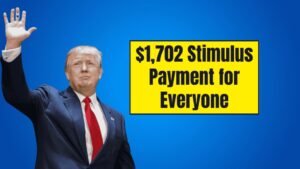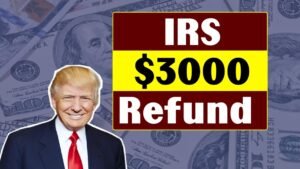In 2025, a new $1,390 stimulus check is set to provide financial relief to millions of Americans struggling with rising costs. This one-time payment aims to help low- and middle-income families cover essentials like groceries, rent, and utilities. If you’re wondering whether you’re eligible, how to get the payment, or when it will arrive, this article breaks it down in simple terms. Read on to learn everything you need to know about the 2025 stimulus check, including eligibility, payment dates, and how to ensure you receive your money.
What Is the $1,390 Stimulus Check?
The $1,390 stimulus check is part of a federal relief plan to ease the financial burden caused by inflation and increasing living expenses. Unlike previous stimulus payments during the COVID-19 pandemic, this 2025 payment targets those most affected by economic challenges. The goal is to provide quick cash to help with everyday needs, such as food, housing, and medical expenses. Best of all, this payment is tax-free and won’t affect eligibility for other benefits like Medicaid or SNAP.
Why Is This Stimulus Check Being Offered?
The government introduced this relief to support Americans facing higher prices for essentials. Inflation has made it harder for many families to afford basic needs, and this payment aims to offer temporary help. Economic experts suggest that if inflation continues to rise or a recession hits in late 2025, more relief programs could follow.
Who Is Eligible for the $1,390 Stimulus Check?
Eligibility for the stimulus check depends on your income, tax status, and whether you receive certain federal benefits. Here’s a breakdown of who qualifies:
| Category | Eligibility Criteria |
|---|---|
| Income Level | Single filers with an adjusted gross income (AGI) under $75,000; joint filers under $150,000. |
| Federal Benefits Recipients | Social Security, SSDI, SSI, VA, or Railroad Retirement beneficiaries qualify automatically. |
| Families with Dependents | Eligible families may receive additional payments for qualifying children or dependents. |
| Non-Filers | Those who don’t file taxes can use the IRS Non-Filer Tool to claim the payment. |
| Citizenship | U.S. citizens, green card holders, or resident aliens with a valid Social Security number. |
Do You Need to Apply?
Most people won’t need to apply for the stimulus check. If you’ve recently filed a tax return or receive benefits like Social Security, SSDI, SSI, or VA payments, the IRS will automatically send your payment. Non-filers or those not receiving benefits must submit their details through the IRS’s Non-Filer Tool to qualify.
When Will the $1,390 Stimulus Check Be Sent?
Payments are expected to start in mid-2025, likely around summer (June to August). The exact date will be confirmed by the IRS closer to the rollout. Here’s how payments will be delivered:
- Direct Deposit: The fastest method, sent to the bank account listed on your most recent tax return or benefit records.
- Paper Check: Mailed to your address if the IRS doesn’t have your bank details.
- EIP Debit Card: Some may receive a prepaid debit card for the payment.
To avoid delays, ensure your contact and bank information is updated with the IRS or Social Security Administration.
Payment Timeline
| Method | Estimated Delivery |
|---|---|
| Direct Deposit | Mid-2025 (June–July) |
| Paper Check | July–August 2025 |
| EIP Debit Card | July–August 2025 |
How to Track Your Stimulus Payment
The IRS will update its “Get My Payment” tool or launch a new portal to help you check your eligibility and track your payment status. Keep an eye on the official IRS website (irs.gov) for updates. To prepare:
- Update your address and bank details with the IRS or Social Security.
- Avoid scams by only using official IRS tools and never sharing personal information with unknown callers or emails.
Tips to Avoid Delays and Scams
- Update Your Information: Ensure your bank account and mailing address are current with the IRS.
- Beware of Scams: The IRS will not contact you via email, text, or phone to ask for personal details. Only trust official IRS communications.
- Check Eligibility: Use the IRS’s online tools to confirm you qualify and track your payment.
Why This Stimulus Matters
The $1,390 stimulus check is more than just extra cash—it’s a lifeline for families struggling with rising costs. Whether it’s paying for groceries, covering rent, or handling unexpected expenses, this payment can make a big difference. For retirees, disabled individuals, and low-income families, it offers critical support during tough economic times.
Conclusion
The $1,390 stimulus check in 2025 is a welcome relief for millions of Americans facing financial challenges due to inflation. If you’re eligible, you’ll likely receive the payment automatically, but non-filers should take action using the IRS Non-Filer Tool. By keeping your information updated and staying alert for IRS announcements, you can ensure your payment arrives on time. This stimulus is a step toward easing economic stress, offering hope and support to those who need it most. Stay informed, check your eligibility, and prepare for the payment rollout in mid-2025.
FAQs
Is the $1,390 stimulus check taxable?
No, the payment is completely tax-free and won’t count as income when determining eligibility for other benefits like Medicaid or SNAP.
Do I need to apply for the stimulus check?
If you’ve filed taxes recently or receive Social Security, SSDI, SSI, or VA benefits, you don’t need to apply. Non-filers must use the IRS Non-Filer Tool.
When will I receive my payment?
Payments are expected to start in mid-2025, likely between June and August. Direct deposits will arrive fastest, followed by paper checks and EIP debit cards.
Can non-citizens get the stimulus check?
Only U.S. citizens, green card holders, or resident aliens with a valid Social Security number are eligible.
How can I track my payment?
The IRS will provide an updated “Get My Payment” tool or a new portal to check your eligibility and payment status. Visit irs.gov for details.



